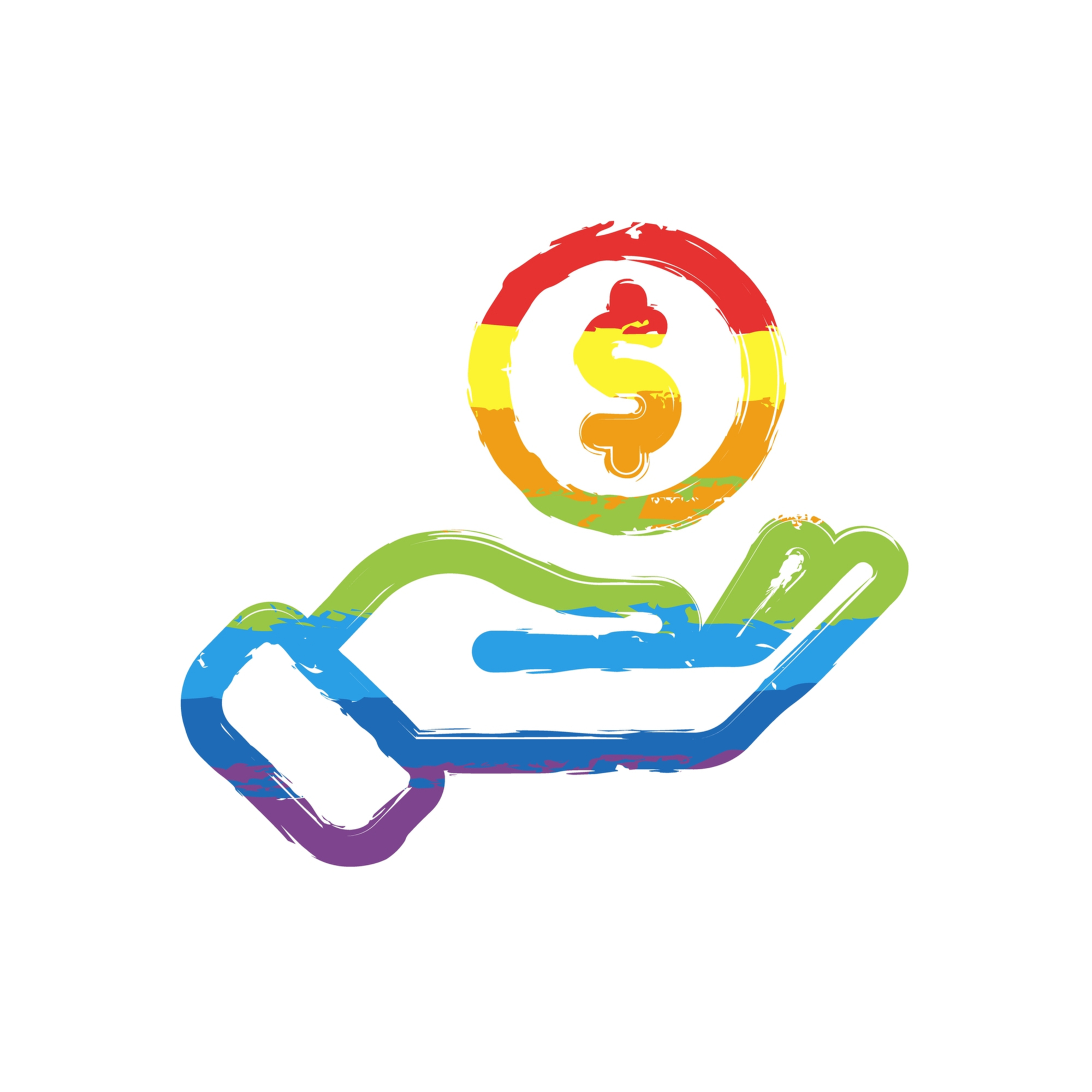Don’t Just Slap a Flag On It and Call It Inclusive: Understanding Your LGBTQIA+ Donors
Take a look at your social media feed, especially the companies and brands you follow. How many of them have had some form of a rainbow as part of their logo for the last few weeks? Yep, it’s Pride Month! As we head into the final weeks of Pride 2022, it’s a really good time to talk about how we can encourage representation and allyship every month of the year – especially in philanthropy and giving.
Dr. Jen Shang and Dr. Adrian Sargent have pioneered research into the field of Philanthropic Psychology through the Institute for Sustainable Philanthropy. Their findings show that giving by individuals is stronger when it’s related directly to their identity of self. The act of giving, then, is an act of living up to a set of core values – “I see myself as a kind, generous, thoughtful, caring person.”
There have been multiple research studies, neatly summarized in this post from Network for Good, in understanding why donors give – the primary reason being and affinity for the organization’s mission. In other words, “I see myself as a kind, generous, thoughtful, caring person – who believes in {insert mission here}!”
To understand the intersection of LGBTQIA+ identity with donor identity and motivation, Tactical Fundraising Solutions/TCB Fundraising, surveyed donors and reviewed existing research and literature on LGBTQ philanthropy.
The survey results indicated that of LGBTQIA+ identifying donors:
- 47% support 3-5 nonprofit organizations per year, on average
- 62% support a mix of general-focused and LGBT-focused nonprofit organizations
- 79% indicated their primary motivation was “being attracted to/believing in the mission of the organization”
- Only 25% indicated LGBT-specific messaging would make them more likely to give
- 21% indicated nonprofits had incorrectly listed their names/salutations (e.g. “Mr.” vs. “Ms”, etc.) or had mis-gendered them in their communications
- 66% had not included any charities in their will or estate plans
Open-ended commentary from survey participants indicated the following trends:
- LGBTQIA+ donors are concerned about larger social justice and equality issues and fairness in representation/inclusion rather than just LGBTQIA+ representation
- LGBTQIA+ donors support a wide variety of organizations, including education/higher education, social service, animal welfare, the arts, and religion
- Donors would prefer to know about LGBTQIA+ specific issues addressed by the organization, but not as a sole focus of the communications
(Additional research for this report was taken from Giving among same-sex couples: the role of identity, motivations, and charitable decision-making in philanthropic engagement, Elizabeth Jane Dale, PhD Dissertation, Lilly Family School of Philanthropy, IUPUI.)
Through the lens, then, of Philanthropic Psychology, we can understand that the identity of “donor” takes precedence over the identity as LGBTQIA+. In other words, “I am a kind, caring, thoughtful, generous person who believes in the mission of {insert cause here}. . . who happens to identify as LGBTQIA+.”

What does this mean for how we communicate with and fundraise to the LGBTQIA+ community?
- Invest in data – make sure names are captured and entered correctly. Provide easy-to-use, clear methodologies to allow donors to list their contact information exactly as they want to be recognized.
- Don’t assume anything – particularly with gender and the use of titles or honorifics. Ask donors how they want to be listed and honor their requests.
- Review your data styles requirements – consider dropping more formal constructs like “Mr. and Mrs.” and list donors by their first names or their indicated preferences.
- Proactively recruit and make space for diverse orientations and gender representations in your leadership and Board of Directors. Do you have leadership who is actively, visibly active in the LGBTQIA+ community.
- Review your programs – do you serve the LGBTQIA+ community specifically? Do you have programs that include LGBTQIA+ programming? Highlight these as part of your ongoing communications and fundraising messaging.
- Do you have a stated policy that you serve your beneficiaries without regard to orientation or gender identity? Do you have a similar policy in hiring and in staff management?
- Give equal space in your communications to representing all backgrounds and identities – do your images and materials show, regularly, pictures of same-sex couples and people of different backgrounds?
- Proactively seek out opportunities to learn more. Meet with leaders in the community, really listen to the people you serve and the community in which you work.
Above all – be genuine and honest in your work and honestly look at how every action you take can be inclusive and representative, understanding that philanthropy is directly tied to peoples’ identities and values. Inclusive philanthropy is not just a focus for one month out of the year, but an ongoing commitment to valuing each individual, each donor, 365 days a year.
– Clay Buck, CFRE is a Network for Good Personal Fundraising Coach and a fundraising consultant based in Las Vegas, NV. He holds the Certificate in Philanthropic Psychology, with Distinction, from the Institute for Sustainable Philanthropy; you can learn more about his work here.
Updated: June 16, 2022




